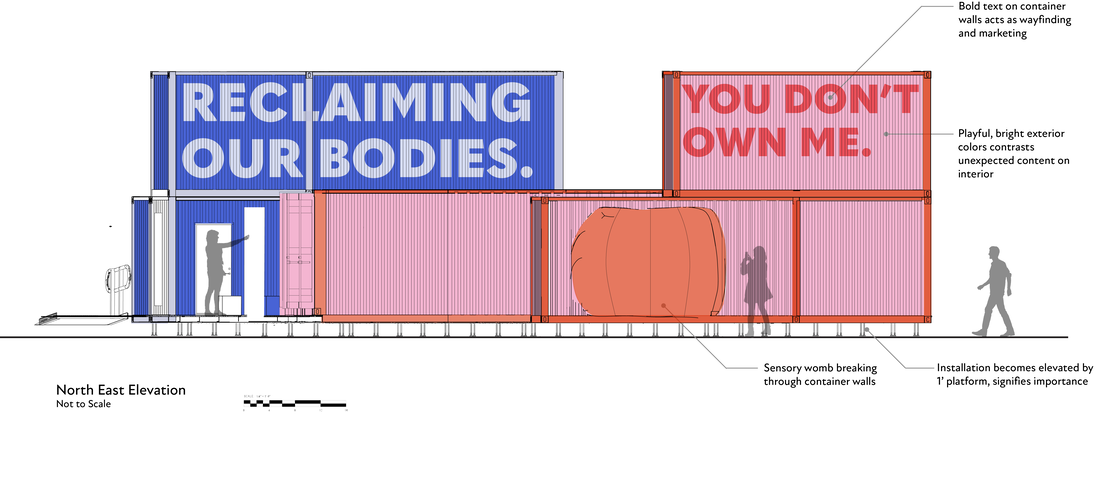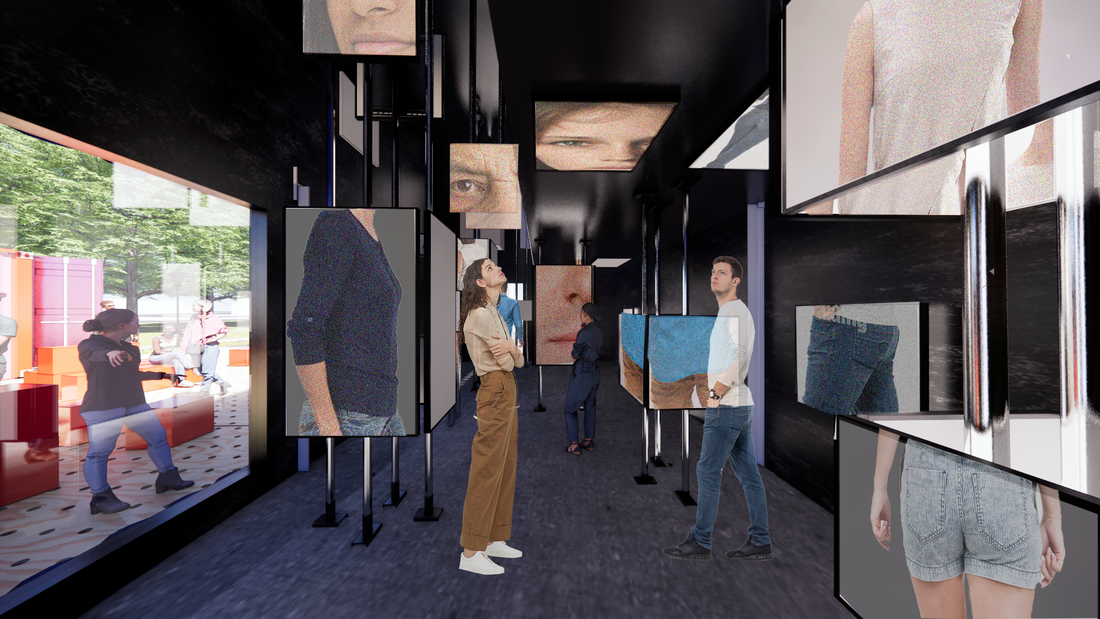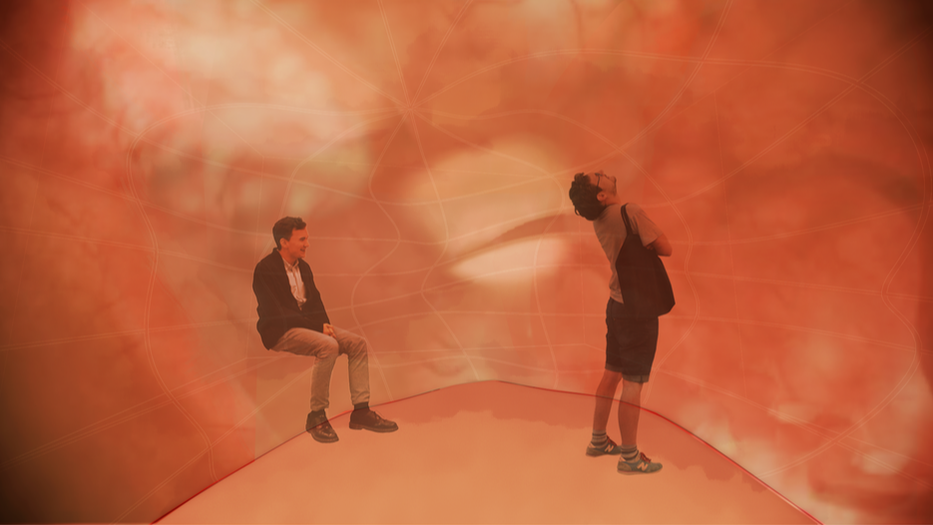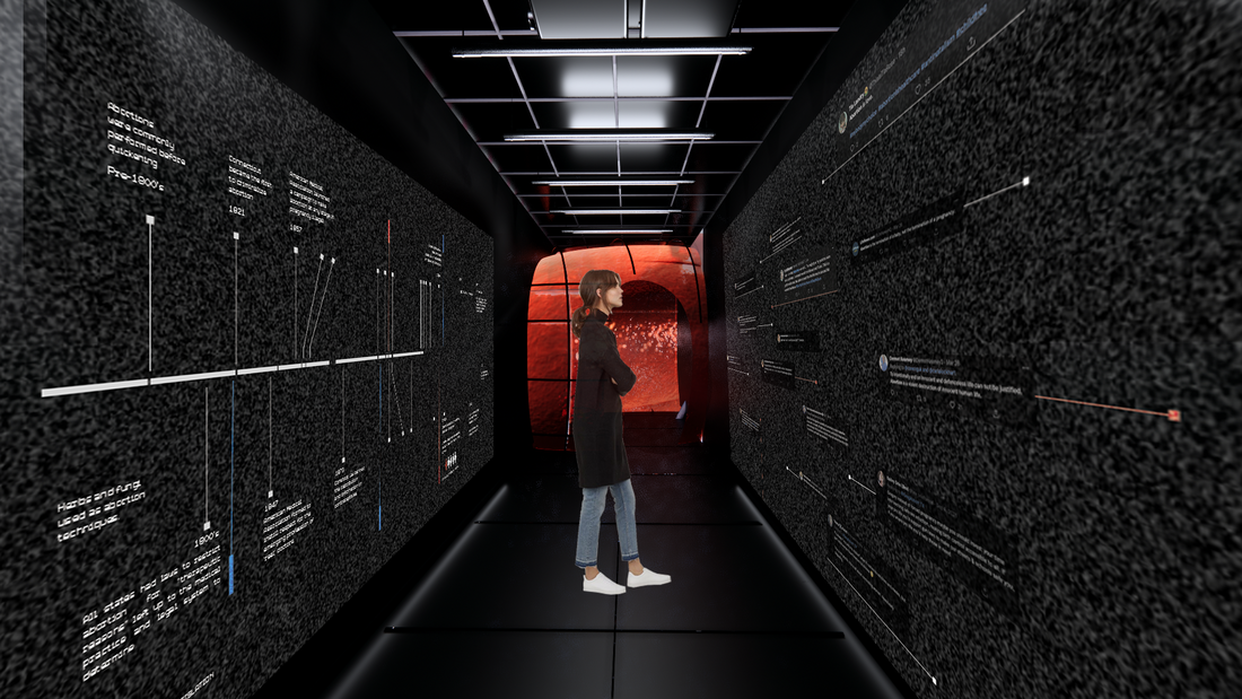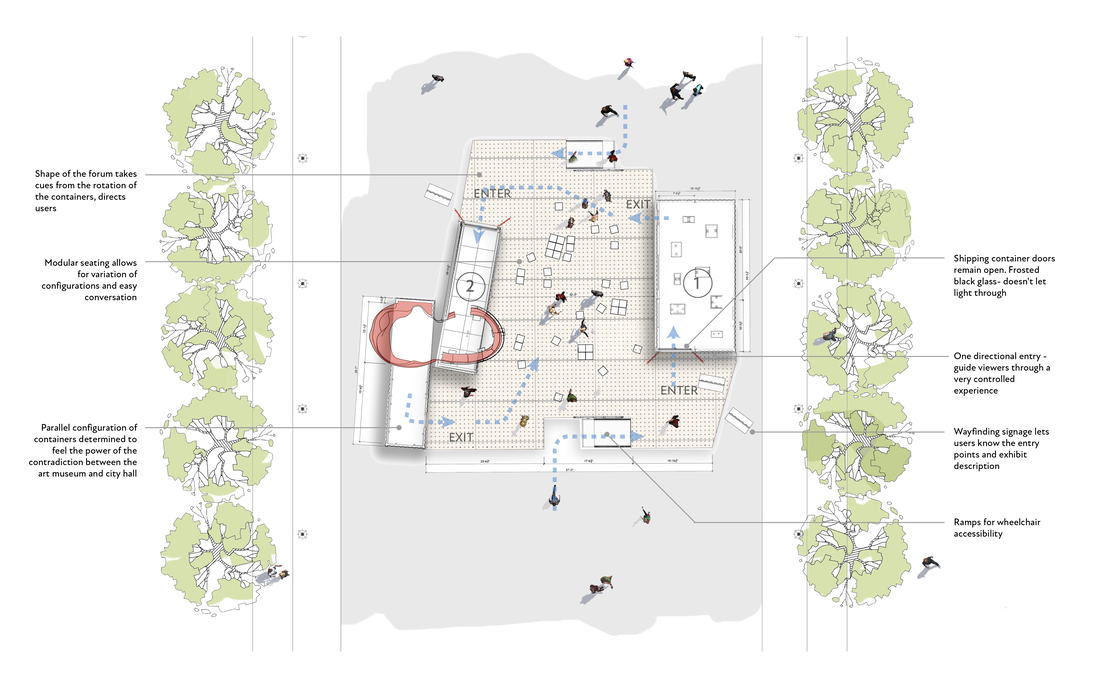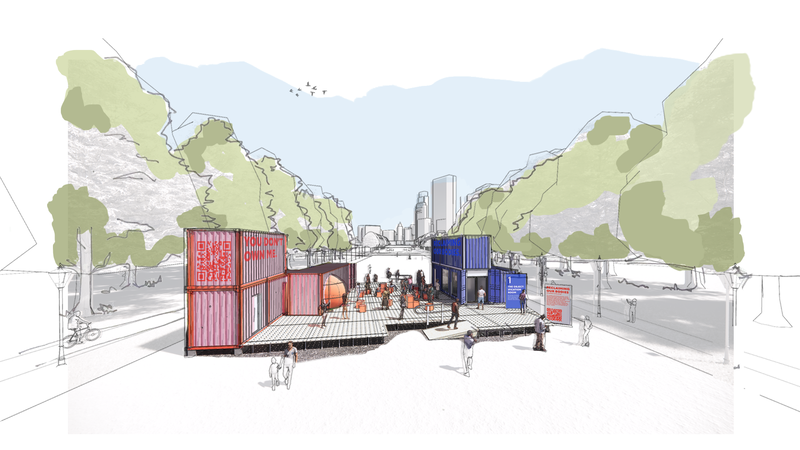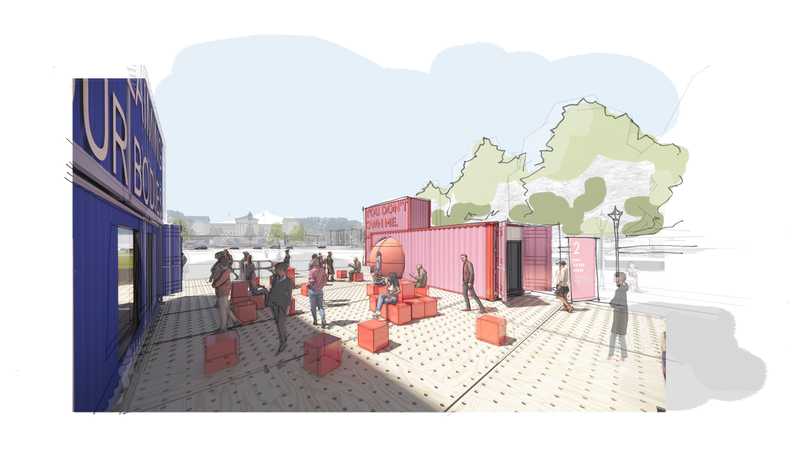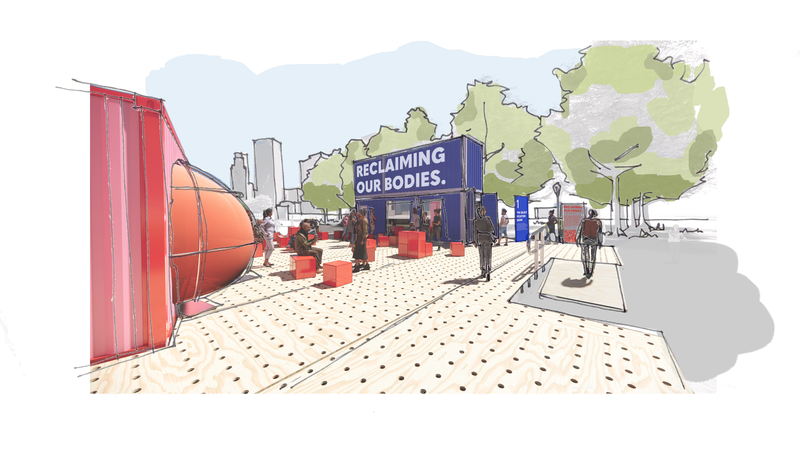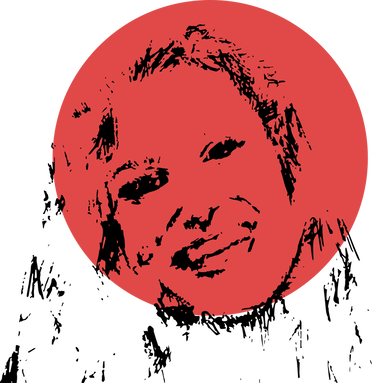|
|
In a country perceived to be the world’s greatest democracy, women’s sexual and reproductive rights are under attack. Women do not have control over their own body. The woman is often cast in the role of the body as an object of discourse, desire, and fascination. The body becomes something outside of herself. How can feminist design intervene in a patriarchal society? This provocative and immersive mobile installation explores the interior spaces of the female body that are centers of decision making, invasion, exploitation, and control while creating a platform to share the experience, knowledge, and potential of being a woman.
Reclaiming Back Our Bodies connects to social and educational change. This project addresses themes of reproductive rights and objectification of the female form through immersive installations on the womb and the male gaze. These are two spaces of the female body that are sites of control and surveillance. The mission of this project is to challenge people's perception of the world, educate, create conversation, and to spark change by allowing the audience to experience the subject through architecture. My hope is to help visitors understand these issues in a different way, not just by reading, but by experiencing. When an exhibit is immersive, it allows viewers to attach personal meaning and elicit an emotional connection. Women*- In this thesis, the term “woman” is used as an umbrella term for any person with a womb, capable of becoming pregnant, and who identifies as femme. |
|
What does it mean to be in these bodies as women? The body is an interior space, a container, and a vessel. Do we actually own our bodies as women? It is a place of control and decision-making. How can we take back our bodies? This is coming from a place of awakening and healing my relationships with my own body, struggling against the system that we have grown up in and been conditioned to as women. How can we create a space of education, conversation, and empowerment around these issues through design?
- Abby Stubb |
|
This project consists of three primary program elements: two exhibition spaces and a central forum that offers an outdoor platform for hosting public debate and conversation. The exhibitions, "Objectification" and the “War on the Womb,” highlight the power of the male gaze on the female body and restrictions on women’s reproductive rights, two places that are controlled and isolated from the woman. At the heart of this is the concept that one's true value in society is solely based on visual appeal and the ability to reproduce.
|
|
This thesis investigates an immersive, mobile, and non-traditional platform for sharing the experience, the knowledge, and the potential of being a woman. To explore the past and present systems and tools that have suppressed, regulated, and controlled women’s power while forecasting a better future through awareness, education, and a new vision. A journey of the female experience and the power of womanhood through a history of misogyny with empowerment.
Public space is a critical part of democracy. The street can be a powerful political tool for change, a place to gather, to have a voice and to be seen. Traditional museums are defined by their permanence, limiting their reach. A mobile platform temporarily brings the content to the people making the experience more accessible. The exhibition will travel to different cities and a variety of demographics, in hopes of connecting to a broad spectrum of audiences. Sites will be formal public gathering spaces such as legislative houses and public parks while also reaching informal settings such as grocery store parking lots, meeting people where they are. |
|
Why is creating change important to you?
I am deeply passionate about social justice issues and the systems we have been conditioned into since birth. My final undergraduate thesis was my opportunity to harness this fierce passion for women's rights and my creative eye as a designer to create a platform that raises awareness and challenges the power structures within the built environment. I see design as a tool for protest and to make a statement. How can design spark conversation? Change, to me, means breaking the standard; it is re-inventing. Change works towards equality and a deconstruction of power. Without change, there is stagnancy- no progression or movement forward. As designers, we have the power to change our environment and this is something I carry with me in everything that I do. - Abby Stubb |
|
Abby Stubb
Interior Design '22 Listening to The Question by Mac Miller "My body is not your political playground. In a country perceived to be the world’s greatest democracy, women’s sexual and reproductive rights have been under attack. Women are less and less seen as human beings. The title of my story is Reclaiming Our Bodies, a study that combines my passion for women's rights and social justice through a design lens by creating an immersive, mobile installation that explores the spaces of the female body which are centers of decision making, desire, and control."
|
